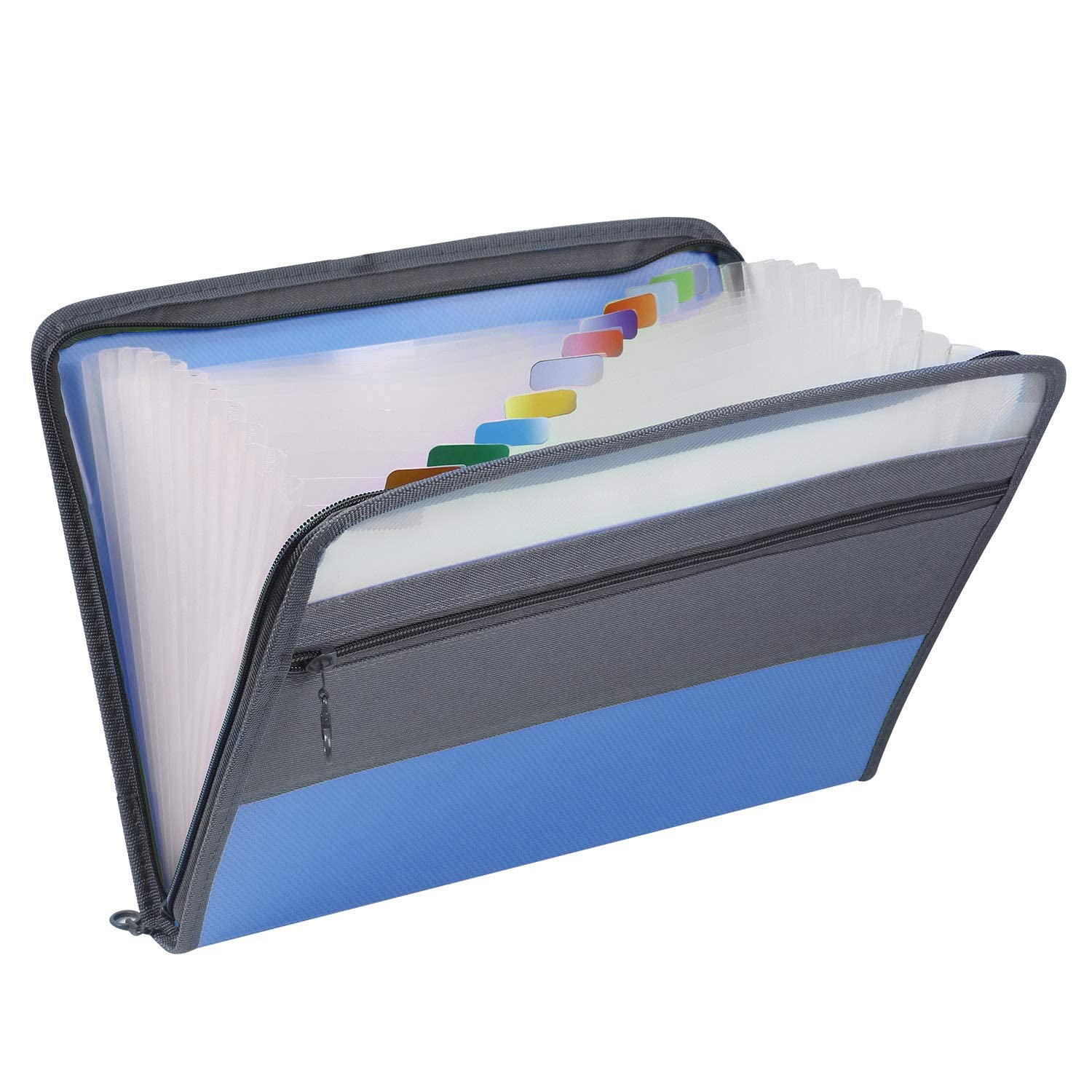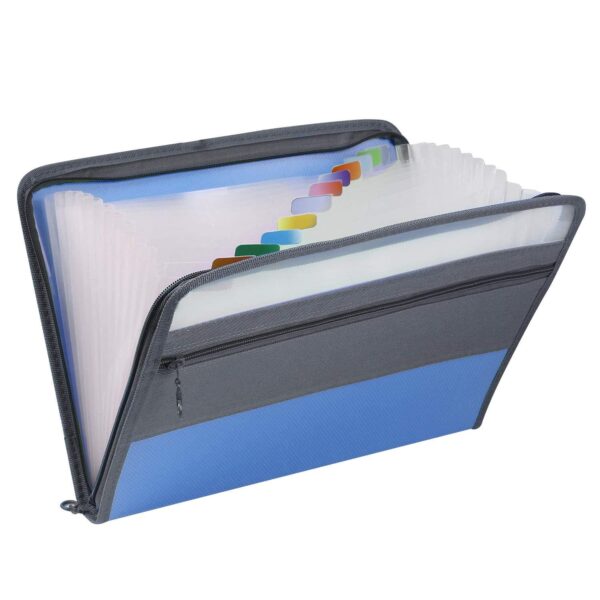Description
1) What is the maximum clock speed of the LP3943? 400 kHz
2) In your own words, describe the I2C communications process for the LP3943.
The I2C communications protocol for the LP3943 consists of first sending the LP3493 chip address and the R/~W bit as the first byte. There is one chip for each of the Red,
Green, and Blue LEDs.
After the chip address is sent, the register that you wish to read/write from is then specified in the next byte. There are several registers onboard the LP3493, the most notable for this application being the LSO, LS1, LS2, and LS3 registers. These registers are each 8 bits, and each refer to 4 LEDs (2 bits per LED). When these two bits are set to 0, the LED is off. When they are set to 1, they are 1. When they are set to 2 or 3, the LEDs are in either DIM0 rate mode or DIM1 rate mode, respectively.
Auto increment can also be turned on, so we do not have to send the register address for each register and simply sequentially write to the registers that we wish to write to.
Part C: ISR
1) What are the advantages and disadvantages of using the
Systick over some other timer?
One advantage of using the SysTick timer is that it will consistently interrupt the processor when a precise number of cycles has passed. This can be also thought of as a disadvantage, as cycle times are only as accurate as the oscillator.
2) What was your final percentage error for the periodic interrupt?




Reviews
There are no reviews yet.